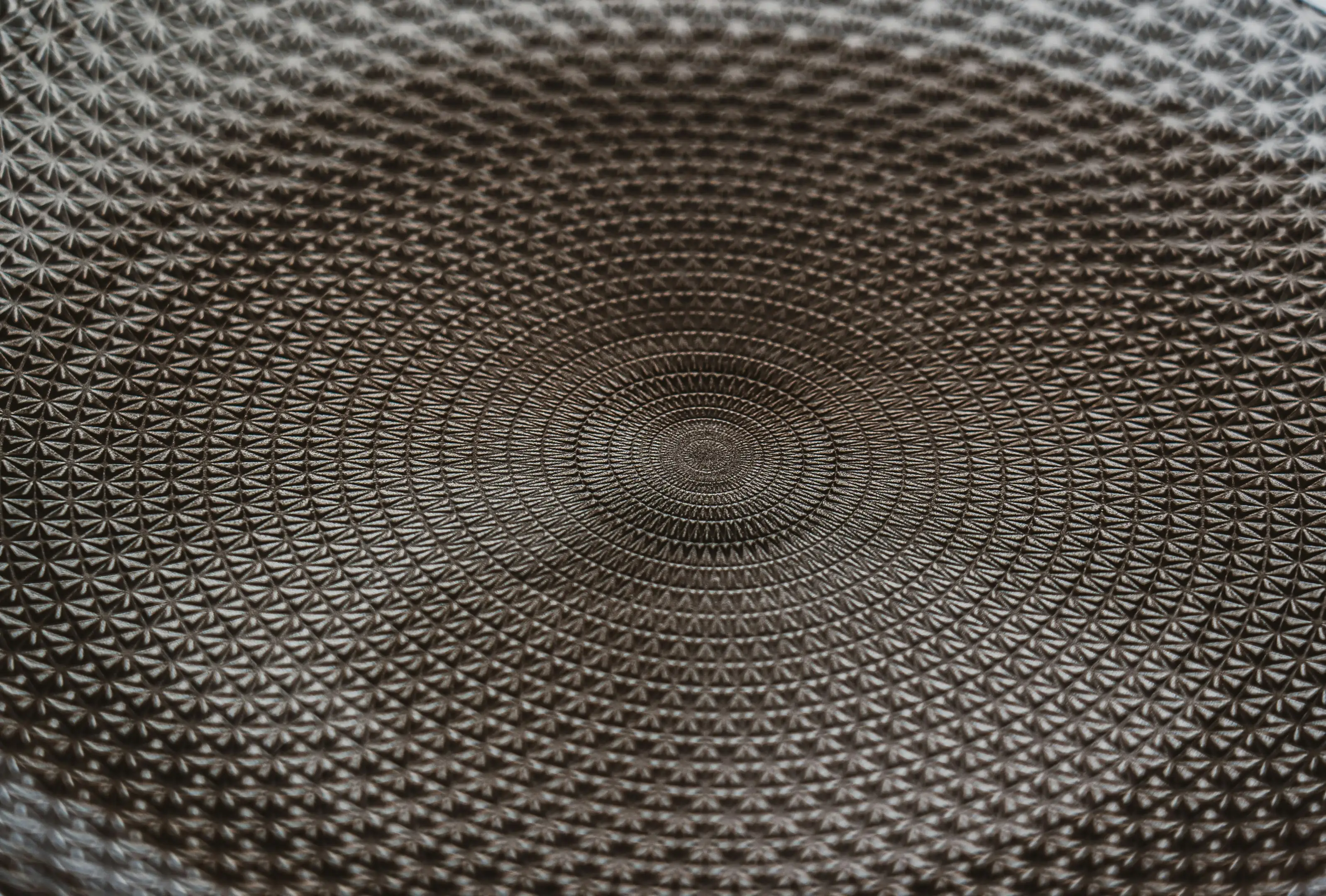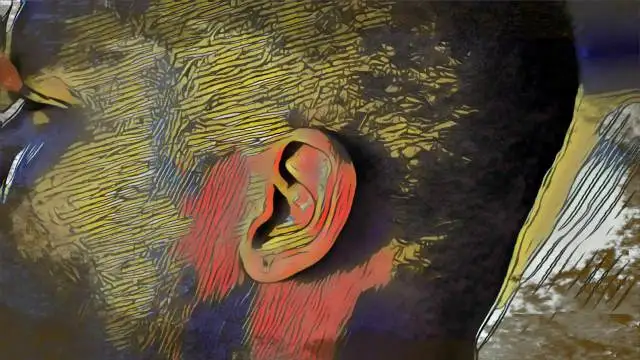You've heard of optical illusions, but have you heard of auditory ones? As it turns out, all of the quirks of the human brain play a huge role in how we experience sound. Our minds (and ears) can play tricks on us, though understanding these unspoken rules can help us strengthen our knowledge as musicians.
One of these illusions, called temporal induction, is more common in the world of audio. Below, we'll explore the concept of temporal induction and showcase how it affects our perception and potentially, our production choices.
What Is Temporal Induction or Temporal Illusion Music?
Temporal illusion refers to a shift in the perception of time: in the world of music, that usually equates to a perceived change in tempo, rhythm, or the other expected cadence of a song. In the case of temporal induction, speech (or lyrics) are interrupted by sound - however, our brain fills in the gaps so that we can understand the speech. You can see temporal induction demonstrated here, where an interrupting cough doesn't prevent us from understanding the nature of the sentence, despite the speech cutting out entirely:
Temporal Induction Examples in Music
Temporal illusion isn't always as cut and drive as a sanitized, auditory illusion. Here are a couple of examples in which the premises of temporal induction is put to good use in popular music:
Pretty Please by Dua Lipa
Pretty Please by Dua Lipa has a gated crowd sound effect which allows our brains to fill in the gaps where the crowd is silenced, despite the sound becoming absent in those moments:
Death by Techno by IO
The drop in Death by Techno is definitely amplified by the interruption of sound, making the audio appear as if it's slowing down even if just for a second:
Down Bad by Taylor Swift
The interruption of speech combined with the implied rhyme adds meaning to the missing word "over" in Taylor Swift's Down Bad :
Wish by Nine Inch Nails
This otherwise intense song benefits greatly from the break in sound in the introduction and first verse in contrast to the rest of the track:
What Can We Learn From Temporal Illusion
You don't necessarily have to build a temporal illusion into your track to benefit from the lessons of this auditory trick. Here are a couple of things we can take away from the power of shifting temporal regularity:
- Building Tension and Contrast: Temporal illusion or disrupting the predicted pattern of tempo or sound flow can help keep listeners engaged while moving to the music.
- Defying Expectations: The beauty of temporal illusion is to play with our brain's concept of perception. Whether that's leaving out an implied word or creating silence where there may be a drop, small changes can have a huge impact.
- The Context of the Mix Matters: Everything in music is contextual when it comes to perception. We can create an experience of illusion or surprise by creating a build-up and falling action around our chosen auditory illusion.

Other Examples of Auditory Illusion
Temporal illusion or induction isn't the only audiotory illusion you might find in background music, compositions, or a creative musical melody. Here are some other auditory illusions you may not be privy to:
The Shepard Illusion
The Shepard Illusion or Shepard Tone is an auditory illusion in which stacked sine waves alternate between rising in pitch and dropping down an octave. As a result, the tone feels as though it's constantly rising, creating a sort of "sonic barber pole":
The McGurk Effect
The McGrurk Effect proves that what we see influences how we process what we hear. Named after pioneering psychologist Harry McGurk, this phenomenon proves that the same sound paired with a different face shape can entirely shape how the human brain perceives sound:
Tritone Paradox
The musical interval of the tritone has been a subject of musical intrigue for centuries, but it is also the basis for auditory illusion. Whenever you play two tones of a tritone interval, it becomes challenging to determine whether pitch is ascending or descending, as described through this auditory experiment:
Temporal Illusion Music FAQ
Human neuroscience can explain the mechanics behind temporal illusion, but it's normal to still have questions! Here are some commonly asked questions and answers surrounding temporal illusion music:
What is a temporal illusion?
Temporal illusion generally refers to a distortion in our perception of time. This can happen in many contexts, including music, where one might perceive sounds differently than what's being represented as it relates to tempo, speed, and continuity.
What is the temporal in music?
The temporal in music is the passage of time within a musical composition. It refers to how the human brain is influenced by factors like rhythm, note duration, and tempo.
What is a musical illusion?
Just as there are optical illusions, there are auditory illusions that can shift music perception while listening to a track. An audio engineer might incorporate musical illusion into their creations to make the same music more dynamic or interesting for a listener.
Why does some music sound faster and some sound slower?
While temporal illusion or the principle of temporal regularity might primarily be used within the context of an auditory experiment, the basic tenets behind it can be useful for your own research and production as a musician. Enjoy using these performance principles to enhance the perception and experience of your creations.





